Feline viral rhinotracheitis (FVR), a type of herpes virus, is a common disease in cats that causes sneezing, eye discharge, and other signs of respiratory illness. Although it is not curable once contracted, it can usually be managed well with proper treatment, and a cat can live a normal life with the virus. Proper care will also help prevent the spread of viral particles to other cats.
What is Feline Viral Rhinotracheitis?
Feline viral rhinotracheitis, also known as feline herpesvirus, is a contagious viral disease that causes upper respiratory symptoms and conjunctivitis in cats. Any cat can become infected with feline viral rhinotracheitis, but kittens, old cats, and cats with underlying diseases are more susceptible.
Symptoms of Feline Viral Rhinotracheitis in Cats
Cats that become infected with feline viral rhinotracheitis will usually begin to show symptoms of an upper respiratory infection within two to five days after exposure. Once a cat starts showing signs of the virus, it may remain actively infected for up to 20 days. During this time, they will be infectious to other cats.
The symptoms of feline viral rhinotracheitis are similar to those of a human cold or flu. Cats may be less active and show signs of nasal congestion or a runny nose. Their eyes may become runny as well. Nasal and ocular discharge begins clear and watery but becomes yellow-green and thick as the virus worsens. In severe cases, a cat's cornea may become inflamed (a condition known as keratitis). Fever may spike and recede for several days.
All cats that are infected with feline viral rhinotracheitis will become carriers of the virus. Most cats will become latent carriers. This means that inactive forms of the virus will survive in your cat's body. During this latent period, cats aren't symptomatic or considered infectious, but if they become ill or are undergoing a period of stress, the virus may become reactivated. Symptoms may reappear, and cats again become infectious.
What Causes Feline Viral Rhinotracheitis
Feline viral rhinotracheitis is caused by feline herpesvirus type-1 (FHV-1), which cats catch from infected cats' nasal secretions or saliva. The virus is spread through airborne particles or contaminated items. Cats in close contact can easily transmit the virus directly or through objects like bowls. People can have virus particles on them from an infected cat and pass them to another cat through handling.
How Vets Diagnose Feline Viral Rhinotracheitis
Although it's one of the most common causes of upper respiratory disease, feline viral rhinotracheitis isn't the only thing that can cause respiratory symptoms in cats. Veterinarians hone in on a diagnosis of rhinotracheitis based on your cat's symptoms, history, and physical exam.
For a definitive diagnosis of feline viral rhinotracheitis, your veterinarian will need to take swabs of your cat's ocular discharge, nasal discharge, and/or the back of the throat. These swabs will be sent to a lab where they will undergo a specialized test called a Polymerase Chain Reaction (PCR) test. This test allows the viral particles to be amplified and thus isolated and identified. However, if your cat isn't in an active stage of infection, there won't be any viral particles, and the PCR test will be inconclusive.
How to Treat Feline Viral Rhinotracheitis
Cats with an active flare-up of feline viral rhinotracheitis are treated symptomatically. The most common treatment is topical ointment or drops for your cat's eyes. Your veterinarian may also recommend you start your cat on the supplement l-lysine, an amino acid that works to boost some cats' immune systems and can safely be taken long-term. Broad spectrum antibiotics may be prescribed if secondary bacterial infections become evident. There are antiviral medications available to veterinarians, but they are rarely used because they can be hard on your cat's kidneys and liver.
Prognosis for Cats with Feline Viral Rhinotracheitis
The prognosis is good for otherwise healthy cats that receive prompt supportive treatment for feline viral rhinotracheitis. The condition can be more serious and potentially even life-threatening for vulnerable cats (young, old, or immune-compromised).
How to Prevent Feline Viral Rhinotracheitis
There is a vaccine for feline viral rhinotracheitis, and early administration can help prevent a young cat from contracting the disease. Other preventative measures include keeping your cat indoors (away from potentially infected cats), avoiding overcrowded cat conditions, and maintaining a low-stress environment for your cat, Due to the transient lifelong contagion of this illness, it is impossible to ensure that other cats in your household will never be exposed or infected.
Is Feline Viral Rhinotracheitis Contagious to Other Animals?
This viral disease is contagious among cats but does not affect other animals or humans.

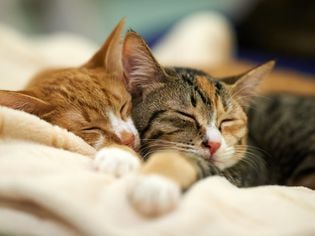
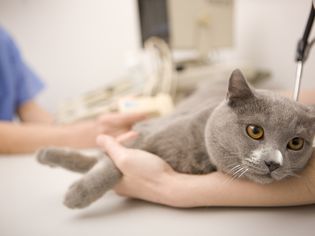
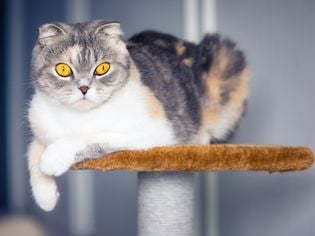
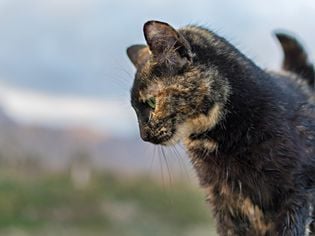
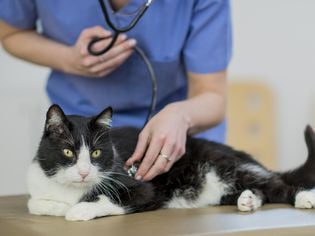
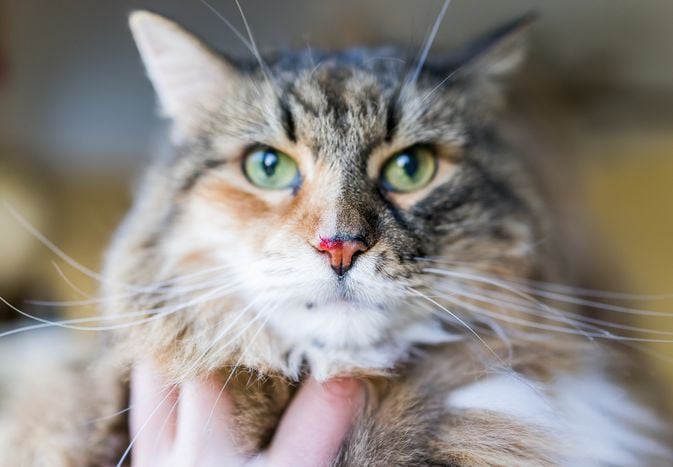
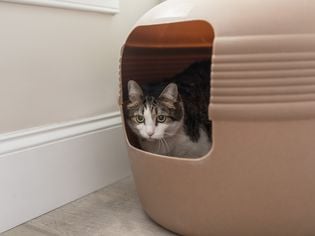
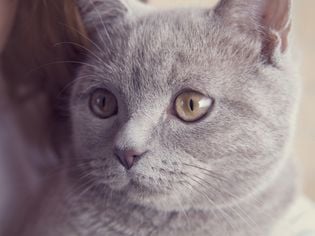

Comments on " Feline Viral Rhinotracheitis (FVR) in Cats" :